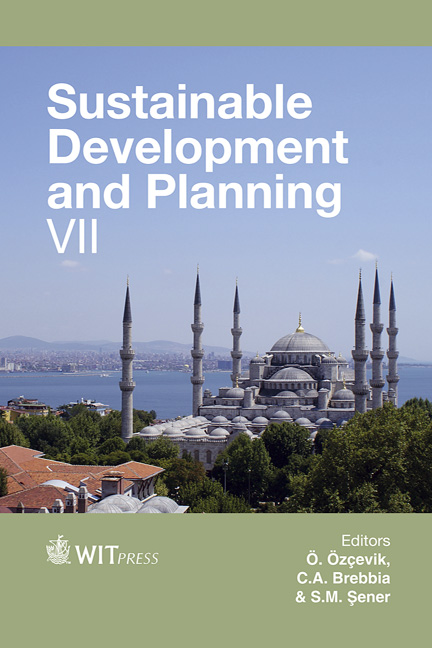Studies On The Enforcement Of The Low Carbon City Promotion Act And A Case Example Of Low Carbon City Development Plan In Omihachiman City
Price
Free (open access)
Transaction
Volume
193
Pages
12
Page Range
421 - 432
Published
2015
Size
1,398 kb
Paper DOI
10.2495/SDP150361
Copyright
WIT Press
Author(s)
Y. Suzuki, F. Kakei, C. Yamamoto, M. Sawaki, R. Matsunaka, Y. Moritsu
Abstract
The Low Carbon City Promotion Act was enacted in December 2012 to address the issues that Japan has been facing, such as global warming, declining population, aging society and local government financial deterioration. This paper reviews the background and intents of the Low Carbon City Promotion Act. In addition, as the latest advanced case example, Low Carbon City Development Plan for Omihachiman City that has been formulated in accordance with the Act is studied in this paper. Omihachiman is a city with traditional culture and unique history. This study found that it contributes to realize a low-carbon and sustainable city by designing the plan which covers the whole city boundary of Omihachiman City and defining the basic policies and measures that make the urban structure more compact and the urban functions centralized. The low-carbon measures proposed in this plan include promotion of public transportation use, conservation of natural environment and greening, renewable energy use, efficient use of fossil fuel, reduction of CO2 emissions from buildings and vehicle emissions control. By approaching these measures, this study defined the effects of increases in floor area and population density surrounding the transport nodes and moreover reduction in CO2 emissions in the entire city.
Keywords
planning low-carbon city development, sustainable city, centralized urban structure, transport node, simulation, analysis on CO2 reduction effects





